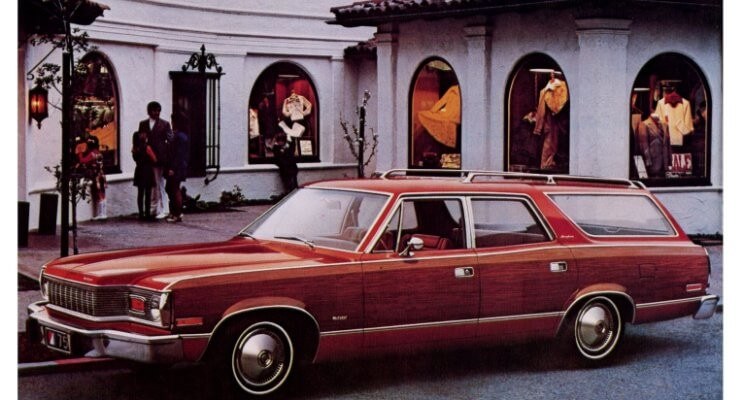For the 1975 model year, AMC succeeded in offering what are considered three of the ugliest cars ever offered in America. The Gremlin looked like they started with a Hornet but ran out of money at the rear window. The Pacer seemed as wide as it was long and its meager air conditioning treated occupants to what an ant feels under the magnifying glass. The Matador? Well, even fake wood and whitewalls failed to divert attention from its unexplainable schnoz. Compared to each other, they all had the latest technology of the day and seemed reasonable. Compared to other makes and models, they were horrible.
Hence, the grist for a conversation about the term “benchmarking” as it is deployed by other industries and as it is practiced by higher education.
For most of the world, “benchmarking” represents a progression of: 1. measuring certain characteristics, 2. establishing that which is worthy of emulation and, 3. the creation of a process to accomplish desired outcomes. By contrast, higher education tends to consider benchmarking as the exercise of comparing oneself with peers. Too often, the average becomes the benchmark. For those of us at CFO Colleague, this may have been one of our most challenging adjustments upon making the change to college administration. It’s 1975 and we are as good as any other AMC.
Now, there are those within higher ed who well understand the emulation of best practices. Athletic programs don’t aspire to be average in any way. To be noteworthy, peer reviewed research must break new ground, beyond retesting other’s results. Recruitment operations want their yield to be well ahead of others. The best students strive for something much greater than average in artistic performance and scholastic achievement. And faculty from the most prestigious PhD programs are sought after; those who through scholarship and teaching excellence set themselves apart.
So why is it that we are less likely to pursue exemplary performance in areas of greatest institutional need? As an example, productivity standards are hardly given a glance, even when times are tough. We know that college is costly for our student families. Since so few of us generate more than modest surpluses and fewer still have material levels of endowment, we tend to conclude that what is charged must be charged in order to keep the lights on. We also want to compensate our faculty and staff fairly and to encourage innovation by offering opportunities to take calculated risks. When an institution moves from a student to faculty ratio of 15:1 down to 13:1 due to lower enrollments, the goals of reasonable cost, fair compensation and innovative opportunity are even less attainable. We take comfort in learning that our peer group has sustained similar declines and thus continue along, extolling the virtues of our quality.
An institutional commitment to benchmarking and its co-standard “continuous improvement” means that our own or our peers’ substandard performance will not dictate productivity goals. The work we at CFO Colleague have performed with over fifty institutions shows that 17:1 or greater in a lowly endowed institution best positions them to charge a net price at the lower end of their peer group, compensate faculty and staff at the higher end and provide seed corn for innovation. Maintaining staff levels at no more than 150% of faculty headcount and ensuring that less than 80% of net tuition revenue is dedicated toward compensation are additional ways to free up needed resources.
Simply put, we need to emulate those best practices that lead to sustainable institutional health. We need to benchmark beyond our dealership’s sea of shiny new ’75 AMCs.
Intrigued? CFO Colleague offers a listing of thirty benchmarks for the resource constrained, based on our extensive work with private institutions all over America. Go to http://cfocolleague.com/free-downloads/ to download a copy.
Let’s redefine benchmarking together.

